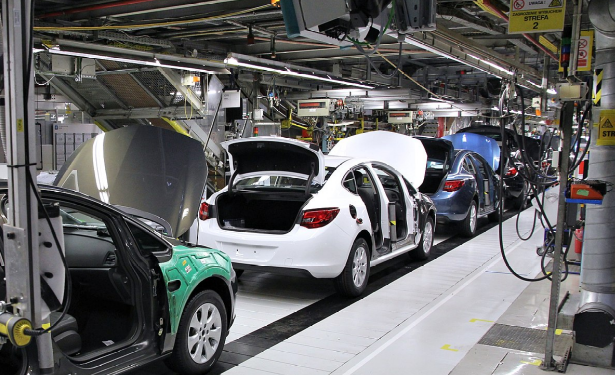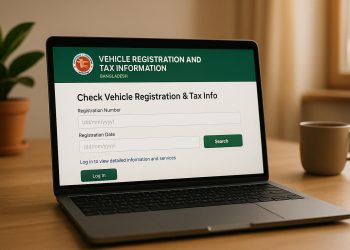Over the last decade, Bangladesh has witnessed a remarkable automobile surge, a trend fueled by a burgeoning middle class and rapid urbanization. Historically dominated by imported vehicles, the country’s automobile market is undergoing a transformative shift, with the emergence of local assembling plants driven by the government’s vision for import substitution and economic development.
The Need for Local Manufacturing
Bangladesh, known for its dense population exceeding 160 million, predominantly comprises middle- and lower-income individuals who often find imported vehicles beyond their financial reach.
The high demand for affordable options, coupled with the government’s aspiration for import substitution, has underscored the necessity for local manufacturing. Beyond addressing affordability, local production promises to generate employment opportunities, stimulate economic growth, and reduce dependence on imported vehicles.
The First Locally Made Vehicle
A significant milestone in this paradigm shift is the introduction of Bangladesh’s first locally-made vehicle—a three-wheeler developed by the state-owned entity Pragati Industries Limited.
The vehicle, equipped with a 200cc engine capable of reaching speeds up to 60 kilometers per hour, is tailored to meet the local market’s needs. Priced at an estimated BDT 400,000 (USD 4,700), the company aims to produce 500 units monthly, with plans to scale up to 1,000.
Challenges Faced by the Automobile Industry in Bangladesh
Despite the strides made, the automobile industry in Bangladesh grapples with infancy-related challenges. Insufficient infrastructure, a shortage of skilled labor, and technological gaps pose hurdles to the sector’s growth.
Moreover, high import duties, taxes, and regulatory barriers create a competitive disadvantage for local manufacturers against imported counterparts. Nevertheless, the government has implemented measures to address these challenges, fostering an environment conducive to the industry’s expansion.
Future of the Automobile Industry in Bangladesh
Launching the first domestically manufactured vehicle marks a pivotal moment in Bangladesh’s journey toward self-sufficiency in the automobile industry. Continued governmental support for local manufacturing and import substitution is anticipated to propel the industry’s growth in the foreseeable future.
The automobile sector’s potential extends beyond the domestic market. It is expected to catalyze employment generation, export enhancement, and overall economic development. As the sector matures, innovation and advancements are likely to shape its trajectory.
Conclusion
The unveiling of Bangladesh’s first locally made vehicle signifies a breakthrough in the automobile industry and represents a significant stride in economic development. Beyond the immediate benefits of affordability and accessibility, the local automotive sector’s evolution is poised to contribute to employment creation, increased exports, and a reduced reliance on imported vehicles.
While challenges persist, the government’s unwavering commitment and strategic initiatives position the industry on a sustained growth and innovation trajectory. The road ahead promises to be transformative, steering Bangladesh toward a future where its automotive industry stands as a symbol of progress and self-reliance.




